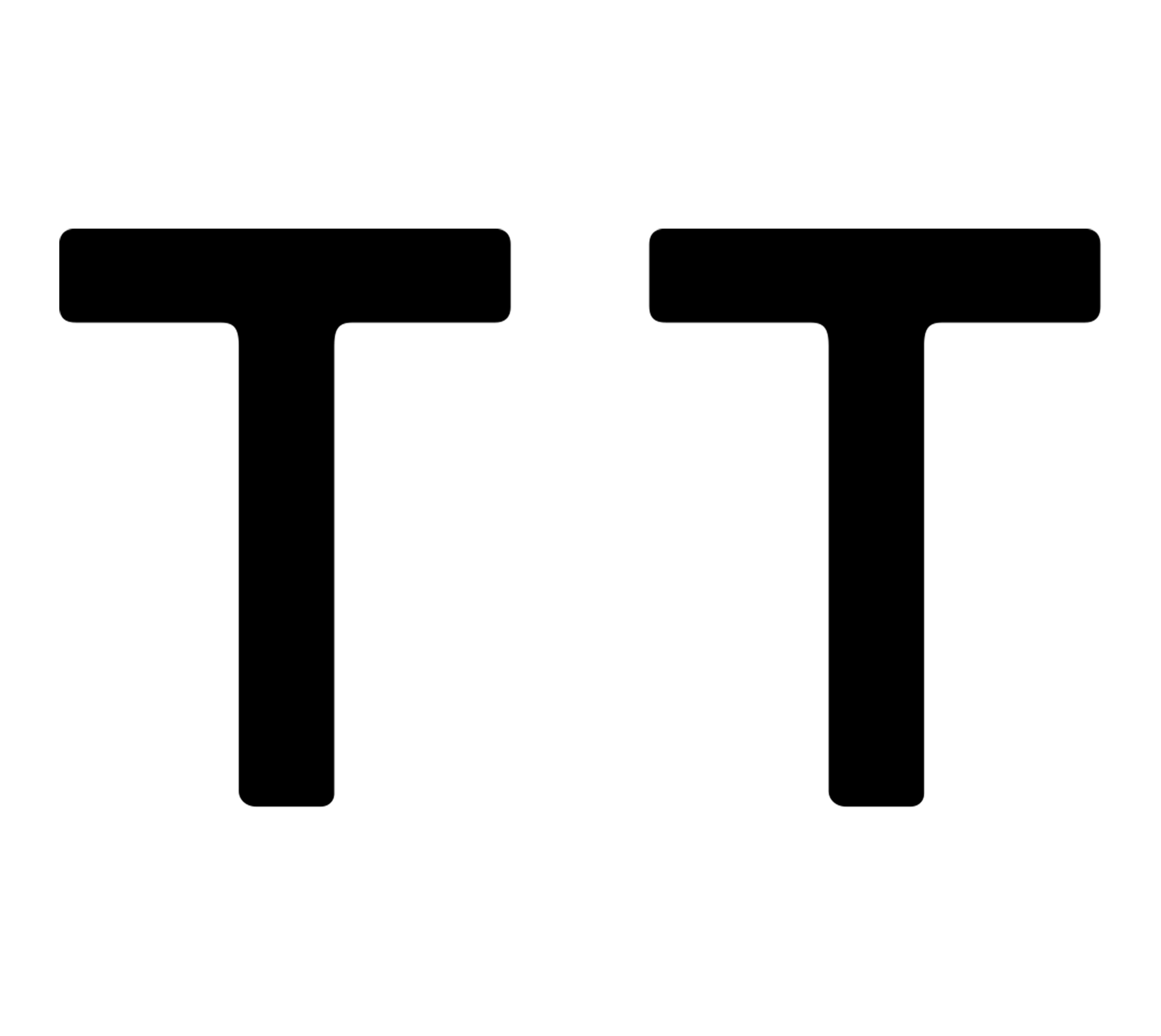
STEP 1: CULTIVATION & HARVESTING THE FLAX PLANTS
STEP 2: RETTING THE LINEN
STEP 3: COMBING & SPINNING
STEP 4: WEAVING
STEP 5: FINISHING & PROCESSING
STEP 6: BUTTONS SOURCING
STEP 7: DRAWSTRING CORD SOURCING
STEP 8: CUT & SEW - QUALITY INSPECTION






STEP 1: CULTIVATION & HARVESTING THE FLAX PLANTS
- Flanders, Belgium: Castellins a Linen Fiber specialist since 1900
oversees the cultivation and harvesting of flax. The region's ideal
conditions ensure the production of high-quality flax fiber -
Castellins.
STEP 2: RETTING THE LINEN
- Flanders, Belgium: After harvesting, the flax undergoes retting, where
moisture helps separate the valuable fibers from the rest of the plant.
This process is crucial for preparing the fibers for spinning -
Castellins.
STEP 3: COMBING & SPINNING
- Punjab, Pakistan: The retted linen fibers are combed and spun into
quality yarn at Nishat, transforming raw fibers into yarn ready for
weaving - Nishat.
STEP 4: WEAVING
- Sindh, Pakistan: The spun linen yarn is sent to GTM Textile where
it is woven into linen fabric using advanced weaving techniques
-
Gul Ahmed Textile Mills.
STEP 5: FINISHING & PROCESSING
- Sindh, Pakistan: Finally, the woven fabric undergoes finishing and
processing at GTM Textile, where it is treated for texture, durability,
and color -
Gul Ahmed Textile Mills.
STEP 6: BUTTONS SOURCING
- Eppingen, Germany: Our buttons are sourced from a manufacturer
specializing in high-quality, durable buttons for luxury apparel
- Knopfe Budke.
STEP 7: DRAWSTRING CORD SOURCING
- Andrezé, France: Sourcing of linen cord from French knit specialist
-
Société Choletaise de Fabrication.
STEP 8: CUT & SEW - QUALITY INSPECTION
- Sindh, Pakistan: Garments are assembled at ZERO WASTE STUDIO,
a couture atelier, with each piece being thoroughly inspected by
SUNBERG Private Limited, a quality control company, to ensure the
highest quality - ZERO WASTE STUDIO &
SUNBERG.

STEP 1: CULTIVATION & HARVESTING THE FLAX PLANTS
STEP 2: RETTING THE LINEN
STEP 3: COMBING & SPINNING
STEP 4: WEAVING
STEP 5: FINISHING & PROCESSING
STEP 6: BUTTONS SOURCING
STEP 7: DRAWSTRING CORD SOURCING
STEP 8: CUT & SEW - QUALITY INSPECTION














